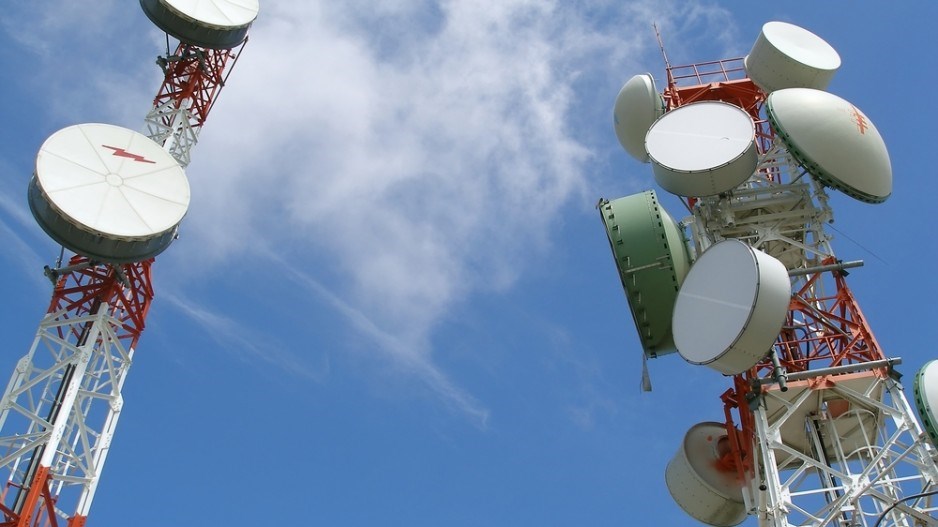Despite the federal government’s efforts to boost flexibility for wireless customers, rates for basic-level packages have actually risen since Ottawa implemented a new policy doing away with three-year contracts in favour of two-years plans.
Average prices for basic level packages among Canadian wireless carriers have gone up about 16% in the past year, according to a July 14 report from the Canadian Radio-television Telecommunications Commission (CRTC).
Telecom analyst Michael Geist, who is the Canada research chairman in Internet and e-commerce law at the University of Ottawa, said the report’s findings really come down to the lack of competition.
“The clear message is that Canada — regardless of whether you are a light user or a heavy user — is among the top-three most expensive countries in the G7 in every category,” he said.
The average price for a low-volume bundle is $35.70 in 2014 compared with $30.71 in 2013. In December 2013, Ottawa introduced a policy allowing wireless customers to sign up for two-year contracts instead of a mandatory three-year contract.
As a result, prices went up in certain categories.
However, high-level packages — which include a full set of features, 300 texts and a gigabyte of data — dropped significantly from $93.59 in 2013 to $79.69 this year.
But mid-level volumes rose marginally, going from $44.86 in 2013 to $45.26 in 2014.
“That really just further confirms the competitiveness problem that we have in Canada because two-year contracts are pretty standard around the world,” Geist said, adding one way to ensure Canadian consumers get better prices is through the creation of a viable fourth national player that could go up against Bell (TSE:BCE), Rogers (TSE:RCI) and Telus (TSE:T).
“We saw that last year when there was a fear that (U.S.-based) Verizon might come into the marketplace and we saw just an all-out publicity war trying to encourage them to stay out.”
Ottawa announced last week it would auction a block of a coveted AWS-3 spectrum for new or small players in the wireless industry before April 2015.
Canaccord telecom analyst Dvai Ghose told Business In Vancouver July 7 it appeared the move was fashioned to entice smaller regional carriers like Wind Mobile and Mobilicity to consolidate with Quebec-based Videotron and become the fourth major wireless provider.
The CRTC report showed Canada ranked as the most expensive G7 country when it came to basic packages.
The average price in Canada ($35.70) was nowhere near the average price in Italy ($10.85), Germany ($16.68) or France ($20.75). The closest price was the U.S. ($30.34).
For mid-level bundles, only the U.S. ($55.91) and Japan ($50.98) charged more on average than Canada ($45.26).
Average prices for high-level packages in Canada ($79.69) were, again, only outpaced by the U.S. ($91.52) and Japan ($139.90).




